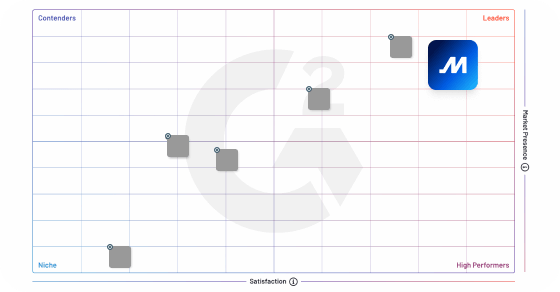Oil and gas fleet management refers to the strategic planning, coordination, and oversight of a company’s vehicles and transportation assets involved in the exploration, production, and distribution of oil and gas products. It involves managing a fleet of diverse vehicles, including trucks, tankers, trailers, and specialized equipment used in the industry.
The primary objectives of oil and gas fleet management are to ensure operational efficiency, optimize resource utilization, enhance safety, and minimize downtime. Here are key aspects and activities involved in this process:
– Vehicle acquisition and maintenance. Fleet managers are responsible for acquiring and maintaining the fleet of vehicles and equipment. This includes conducting thorough assessments to determine the appropriate types of vehicles needed, considering factors such as payload capacity, terrain conditions, and distance requirements. They also oversee regular inspections, maintenance, and repairs to ensure the fleet remains in optimal working condition.
– Route planning and optimization. Efficient route planning is crucial in the oil and gas industry to minimize transportation costs, reduce fuel consumption, and optimize delivery times. Fleet managers utilize advanced routing and optimization software to plan the most efficient routes, considering factors like traffic conditions, road restrictions, and delivery priorities.
– Fuel management. Fuel is a significant cost for the oil and gas industry, and effective fuel management is vital to controlling expenses and minimizing environmental impact. Fleet managers implement measures such as monitoring fuel consumption, implementing fuel-efficient technologies, optimizing refueling practices, and exploring alternative fuel options.
– Safety and compliance. Fleet managers ensure compliance with safety regulations and industry standards for their vehicles and drivers. This includes implementing driver safety training programs, conducting regular safety inspections, and monitoring driver behavior through telematics and onboard monitoring systems. Compliance with regulations related to hours of service, driver qualifications, and vehicle maintenance is a priority.
– Asset tracking and telematics. Fleet managers leverage telematics technology to track and monitor vehicles in real-time. This provides insights into vehicle location, performance, and driver behavior. Telematics data allows fleet managers to optimize asset utilization, identify maintenance needs, and enhance safety and security.
– Fleet performance analysis and optimization. Fleet managers analyze key performance indicators (KPIs) to evaluate the fleet’s efficiency and identify areas for improvement. This includes analyzing fuel consumption, maintenance costs, delivery times, and driver performance. By identifying inefficiencies and implementing data-driven optimization strategies, fleet managers can enhance productivity and reduce costs.
Oil and gas fleet management requires expertise in logistics, transportation, maintenance, and regulatory compliance. Effective management of the fleet contributes to operational efficiency, cost reduction, improved customer service, and overall success in the oil and gas industry.
Frequently Asked Questions
What does fleet mean in oil and gas industry?
In the oil and gas industry, fleet refers to the collection of vehicles, vessels, and equipment used for the exploration, production, and transportation of oil and gas. This includes everything from drilling rigs and offshore support vessels to tankers and pipeline inspection equipment. A well-maintained and efficient fleet is crucial for the industry to operate smoothly and safely.
What does a fleet management system do?
A fleet management system is a software solution that helps businesses manage and optimize their vehicle fleets. It typically includes features such as real-time tracking, driver behavior monitoring, vehicle maintenance management, and fuel consumption tracking. The system enables businesses to make data-driven decisions that reduce costs, increase efficiency, and improve safety.
What does fleet management include?
Fleet management refers to the administration of a company’s vehicle fleet. This includes tasks such as vehicle acquisition, maintenance, fueling, tracking, and disposal. The primary goal of fleet management is to optimize fleet efficiency, reduce costs, and ensure regulatory compliance. Effective fleet management requires continuous monitoring and improvement of fleet operations to achieve these objectives.
Is fleet management hard?
Fleet management can be challenging due to the complexities involved in managing a variety of vehicles, drivers, and logistical factors. However, with the help of advanced fleet management software and technologies, fleet management tasks can be simplified and streamlined. Ultimately, the level of difficulty in fleet management depends on the organization’s specific needs, resources, and goals.



